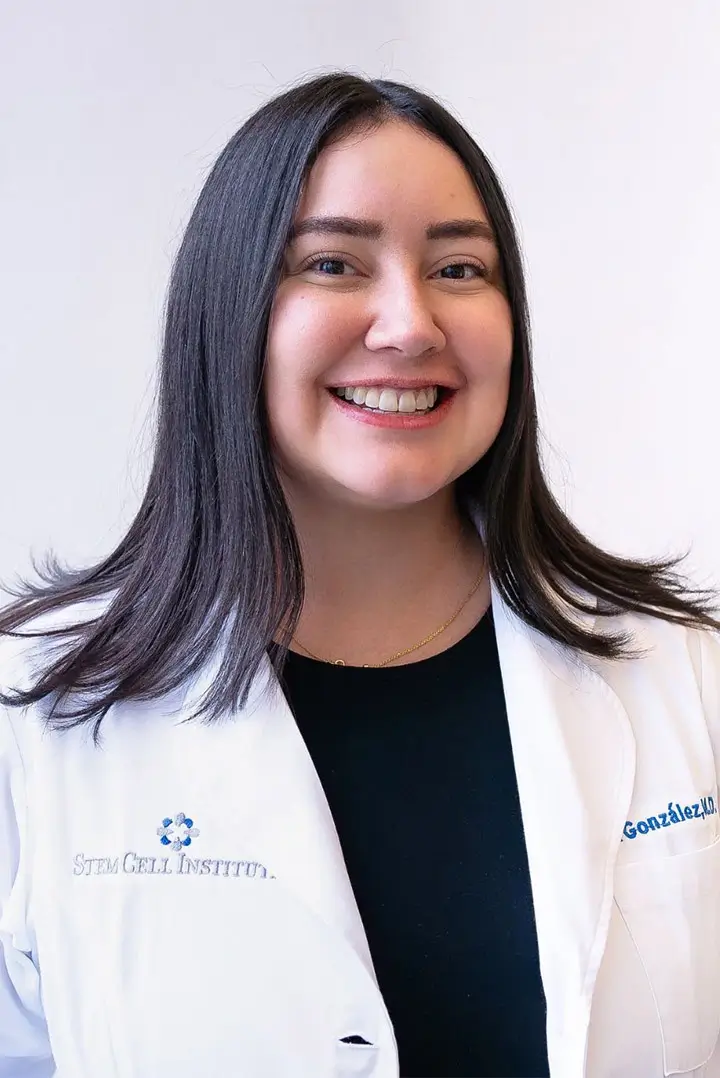In 2007, a team of researchers in Madison, Wisconsin, led by the renowned stem cell pioneer Dr. James Thomson, announced their success in creating iPS (induced pluripotent stem) cells from the mature, non-stem cell, somatic cells of adult human skin. Such iPS cells exhibit the same pluripotency as that of embryonic stem cells, but no embryo is involved in the process. Such an announcement was a “shot heard ’round the world”, since it seemed to solve the ethical controversies that surround embryonic stem cells, by avoiding embryonic stem cells altogether. Now, the methods for conducting the iPS cell procedure are being replicated in hundreds of new laboratories across the nation and around the world.
In total, 812 new laboratories have sprung up in dozens of countries in recent months, the exclusive focus of which is iPS cells, according to the Massachusetts-based company Addgene, which is a repository for the laboratory supplies. According to Dr. Thomson, “People are jumping in very rapidly, much more rapidly than they did ten years ago,” in reference to his own, groundbreaking discovery that he made a decade ago.
Dr. James Thomson is the first person ever to have isolated an embryonic stem cell, first from a rhesus monkey in 1995, and then from a human in 1998. Human embryonic stem cell science in general, therefore, which is exactly one decade old this year, owes its very existence to Dr. Thomson, who invented the embryonic stem cell techniques that are now used throughout the world, and who is widely regarded as “the founder of the field”. With his success last year in reprogramming mature, adult human skin cells into iPS cells, Dr. Thomson once again pioneered a new direction in regenerative medicine which has very quickly become a booming industry.
Even Dr. Thomson, however, has expressed his reservations regarding the applicability of embryonic stem cells and of iPS cells to clinical therapies, at least in the foreseeable future. Many technical hurdles still remain, and any hope of being able to use embryonic stem cells or iPS cells for the actual treatment of human patients is generally considered to be decades away. According to Dr. Thomson, “It’s certainly going to happen, but it’s going to be hard, and people are not prepared for how hard it’s likely to be.”
Indeed, the only medical application of embryonic stem cells that is not still decades away is in the field of drug screening. In other words, instead of testing newly developed pharmaceuticals on live people, the new drugs could be tested on human tissue, derived from embryonic stem cells, in the laboratory. As Dr. Thomson explains, “It simply means that for the very first time we have access to the human body in the lab. And for drug screening and drug discovery, that’s going to make a huge difference. When you use one of those drugs you won’t know that human embryonic stem cells or iPS cells were involved. It won’t make the front pages at all.”
Yet one, critically important problem still remains unsolved. As pluripotent cells, iPS cells do, by definition, cause the formation of teratomas, which is a very particular type of tumor. Like embryonic stem cells, non-embryonic iPS cells are prized for their pluripotency, which is formally defined as a capacity to differentiate into the tissues of all 3 germ layers – the ectoderm, the mesoderm and the endoderm – as specifically found in teratomas. To date, scientists have not yet been able to guarantee that such cells will not also cause teratomas in the patients whose diseases they are intended to treat. The creation of iPS cells may have solved the ethical problems that are inextricably intertwined with embryonic stem cells, since embryos are not needed at all for iPS cells, but iPS cells have not solved the technical, medical and health problems that are an inherent part of all pluripotent cells, especially the very high risk of teratoma formation. By sharp contrast, adult stem cells do not pose such risks since adult stem cells cannot form teratomas since adult stem cells are not pluripotent.
Additionally, the exclusive use of embryonic stem cells for drug screening brings us back once again into the very same ethical dilemma as before, since the destruction of human embryos is required even for this type of drug screening. Meanwhile, however, approximately 70 new iPS cell laboratories are springing up around the world every month.

